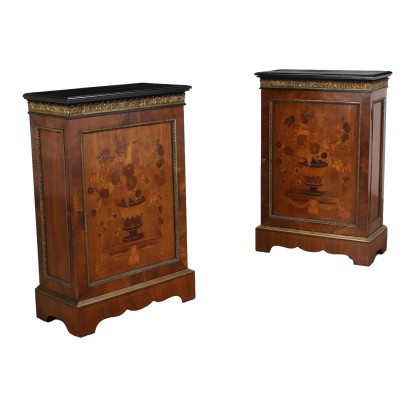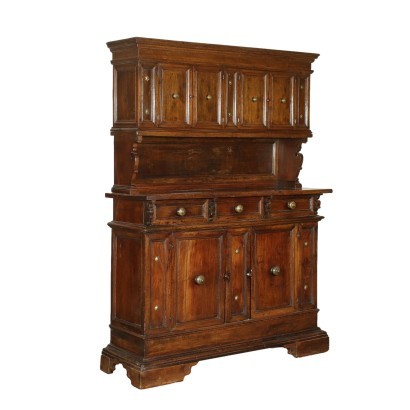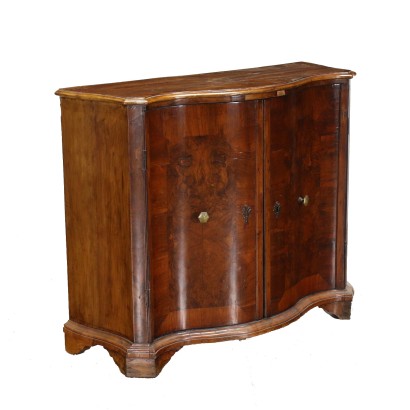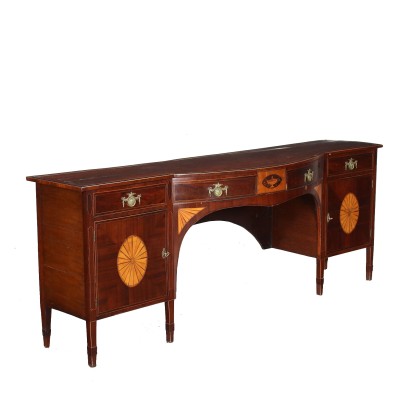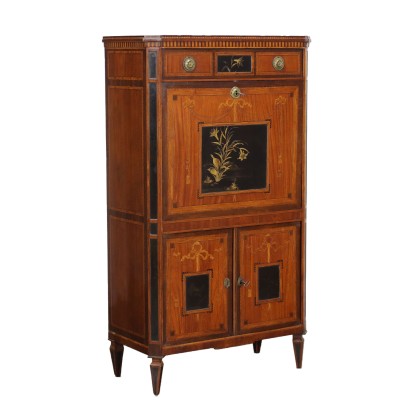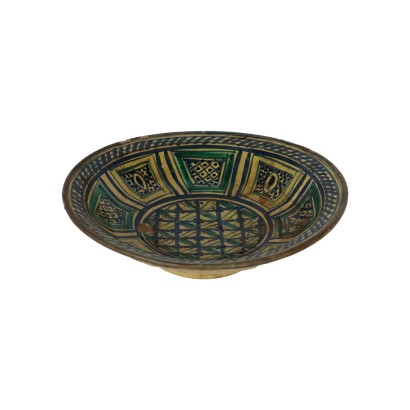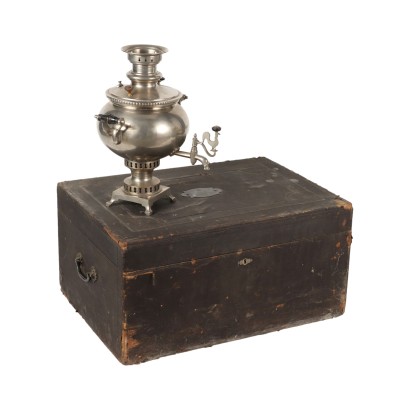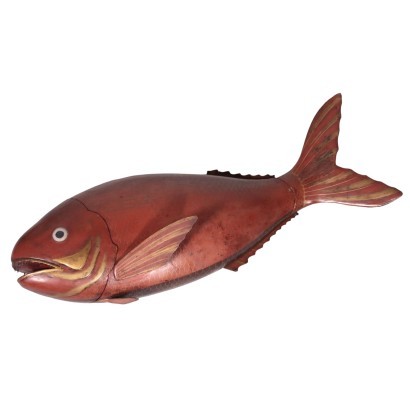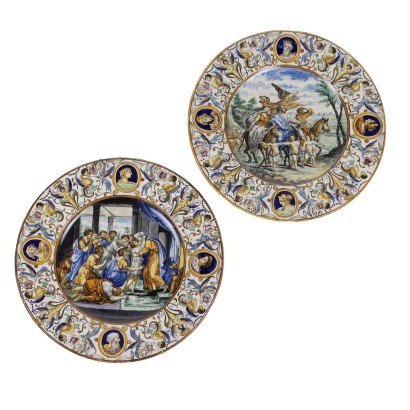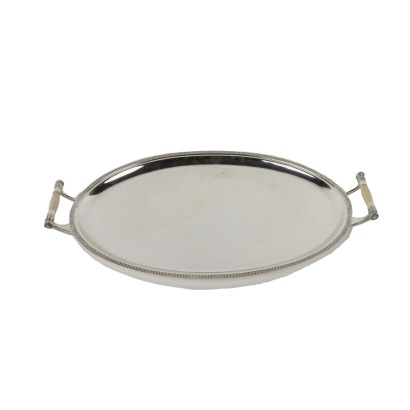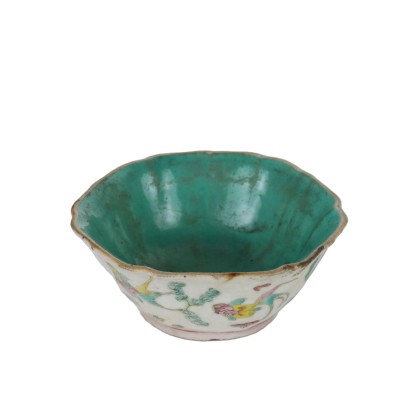Pair of Victorian Servants Walnut United Kingdom XIX Century - England Last Fourth 19th Century
Features
England Last Fourth 19th Century
Style: High Victorian (1875-1900)
Age: 19th Century / 1801 - 1900
Origin: England
Main essence: Walnut
Description
Pair of Victorian servants, on the front they have a door; in walnut, the front is decorated with an inlay in maple and various essences, depicting a vase with flowers; they have brass-plated and bronze frames; locks marked "Patent".
Product Condition:
Product that due to age and wear requires restoration and resumption of polishing.
Dimensions (cm):
Height: 104
Width: 69,5
Depth: 34,5
Additional Information
Style: High Victorian (1875-1900)
The Victorian style was born at the time when Queen Victoria ruled, and is characterized by linear wooden furniture, of a basically dark color and possibly with a mahogany and rosewood finish.Find out more about the Victorian movement with our insights:
FineArt: Writing desk, Arthur Blain
Age: 19th Century / 1801 - 1900
19th Century / 1801 - 1900Main essence: Walnut
Walnut wood comes from the plant whose botanical name is juglans regia , probably originally from the East but very common in Europe. Light or dark brown in color, it is a hard wood with a beautiful grain, widely used in antique furniture. It was the main essence in Italy throughout the Renaissance and later had a good diffusion in Europe, especially in England, until the advent of mahogany. It was used for solid wood furniture and sometimes carvings and inlays, its only big limitation is that it suffers a lot from woodworm. In France it was widely used more than anything else in the provinces. In the second half of the eighteenth century its use decreased significantly because mahogany and other exotic woods were preferred. Alternative proposals
It could also interest you



